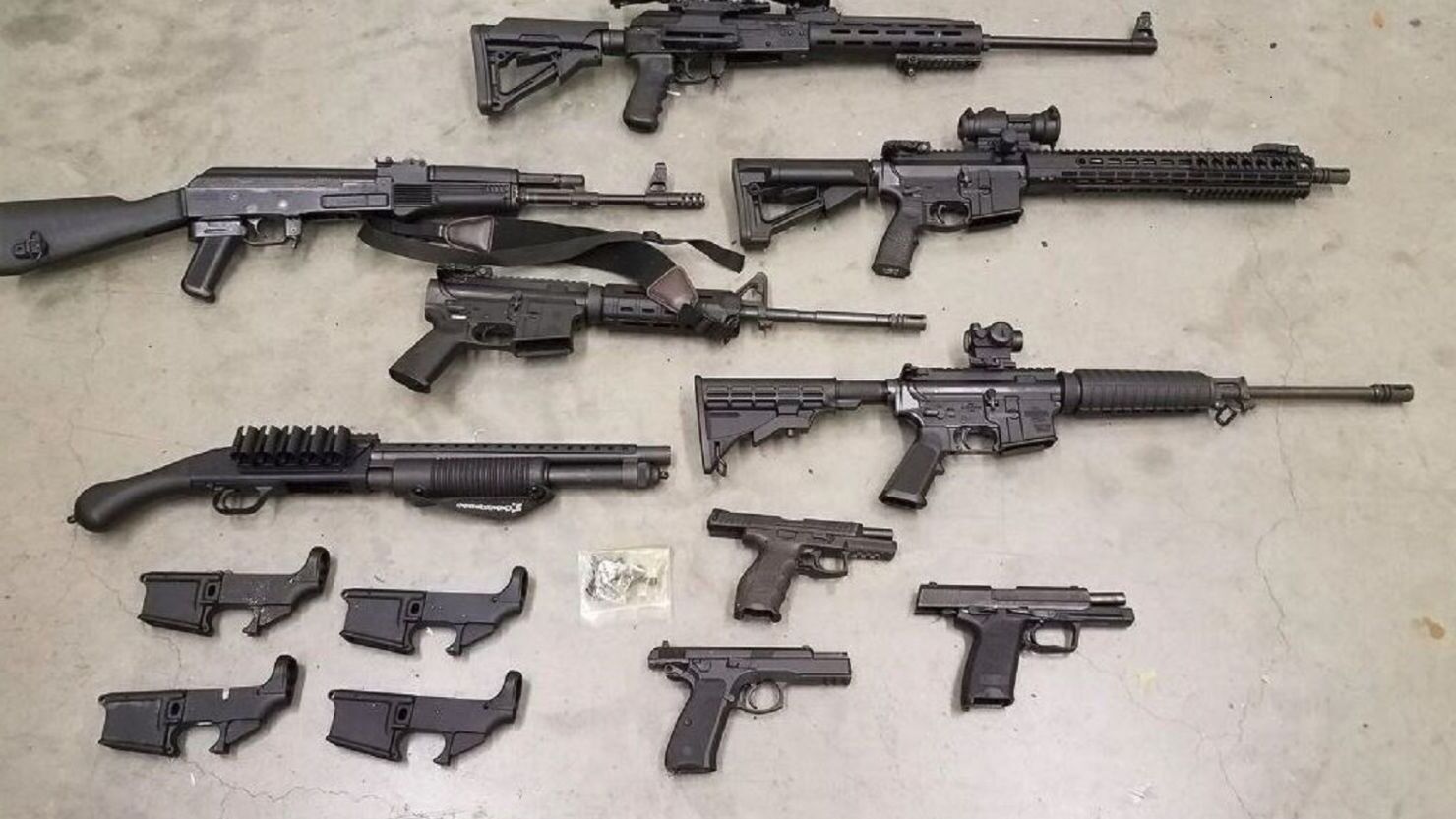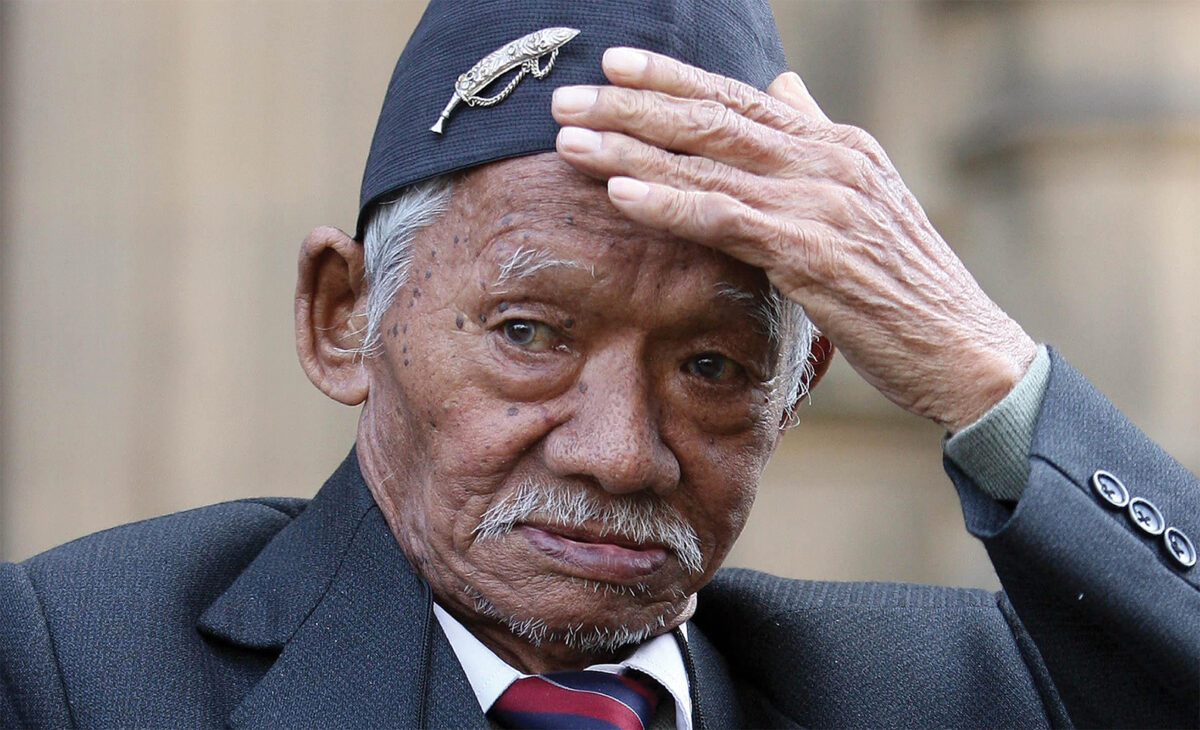
Did you know that Nazi Germany developed some of the most advanced and terrifying weapons during World War II? From the infamous V-2 rockets to the massive Tiger tanks, these weapons were designed to dominate the battlefield. But what were the secrets behind these fearsome machines? This blog post dives into 34 astonishing facts about Nazi weapons that will leave you amazed and perhaps a bit unsettled. You'll learn about the engineering marvels, the dark history, and the impact these weapons had on the war. Whether you're a history buff or just curious, these facts will give you a deeper understanding of the technological prowess and the grim reality of warfare during that era.
Key Takeaways:
- Nazi Germany developed a wide range of deadly weapons during World War II, including advanced tanks, powerful aircraft, and experimental technology.
- The Nazis also explored the use of chemical and biological weapons, although they were rarely used in combat.
Nazi Weapons: An Overview
During World War II, Nazi Germany developed a wide array of weapons. These ranged from small arms to massive tanks and even experimental technology. Here are some fascinating facts about these weapons.
Small Arms and Infantry Weapons
Nazi Germany's infantry was equipped with various small arms that were both innovative and deadly.
- The Karabiner 98k was the standard-issue rifle for German soldiers. It was a bolt-action rifle known for its accuracy and reliability.
- The MP40 submachine gun was widely used by paratroopers and tank crews. It was favored for its compact size and ease of use.
- The StG 44 is considered the world's first assault rifle. It influenced the design of many modern rifles, including the AK-47.
- The Luger P08 was a semi-automatic pistol that became an iconic symbol of the German military.
- The Walther P38 replaced the Luger P08 as the standard-issue sidearm due to its simpler design and lower production cost.
Artillery and Anti-Tank Weapons
Artillery played a crucial role in Nazi Germany's military strategy. They developed various types of artillery and anti-tank weapons to support their infantry and armored units.
- The Flak 88 was a versatile anti-aircraft and anti-tank gun. It was highly effective against both aircraft and armored vehicles.
- The Panzerfaust was a disposable anti-tank weapon. It allowed infantry to engage enemy tanks at close range.
- The Panzerschreck was a reusable anti-tank rocket launcher. It was similar to the American Bazooka but had a larger warhead.
- The Nebelwerfer was a multiple rocket launcher. It could fire a salvo of rockets, causing massive destruction over a wide area.
- The LeFH 18 was a light field howitzer used for indirect fire support. It was the standard artillery piece for German divisions.
Tanks and Armored Vehicles
Nazi Germany was known for its advanced tank designs. These tanks were some of the most feared weapons on the battlefield.
- The Panzer IV was the workhorse of the German tank force. It was used in various roles, from infantry support to tank combat.
- The Tiger I was a heavy tank known for its thick armor and powerful gun. It was nearly invulnerable to most Allied anti-tank weapons.
- The Tiger II, also known as the King Tiger, was an even more heavily armored and armed version of the Tiger I.
- The Panther tank was designed to counter the Soviet T-34. It combined firepower, mobility, and armor protection.
- The Sturmgeschütz III was an assault gun used for infantry support and anti-tank roles. It was one of the most produced armored vehicles of the war.
Aircraft and Aerial Weapons
Nazi Germany also made significant advancements in aviation technology. Their aircraft were some of the most advanced of the time.
- The Messerschmitt Bf 109 was the primary fighter aircraft of the Luftwaffe. It was highly maneuverable and had a powerful engine.
- The Focke-Wulf Fw 190 was another key fighter aircraft. It was known for its ruggedness and versatility.
- The Junkers Ju 87 Stuka was a dive bomber famous for its terrifying siren, which demoralized enemy troops.
- The Heinkel He 111 was a medium bomber used in various bombing campaigns, including the Battle of Britain.
- The Messerschmitt Me 262 was the world's first operational jet-powered fighter aircraft. It was faster than any Allied aircraft.
Naval Weapons and Submarines
Nazi Germany's navy, the Kriegsmarine, developed several advanced naval weapons and submarines.
- The U-boat was a type of submarine that wreaked havoc on Allied shipping. They were highly effective in the Battle of the Atlantic.
- The Bismarck was a battleship that became famous for its engagement with the British Royal Navy. It was one of the largest battleships ever built.
- The Scharnhorst was a battlecruiser known for its speed and firepower. It participated in several naval battles.
- The Torpedo was a primary weapon for U-boats. It could sink enemy ships with a single hit.
- The G7e torpedo was an electric torpedo used by U-boats. It was quieter and left no wake, making it harder to detect.
Experimental and Secret Weapons
Nazi Germany invested heavily in experimental and secret weapons, some of which were ahead of their time.
- The V-1 flying bomb was an early cruise missile used to bomb London. It was the first of the so-called "Vengeance Weapons."
- The V-2 rocket was the world's first long-range guided ballistic missile. It could reach altitudes of over 100 miles.
- The Horten Ho 229 was a prototype jet-powered flying wing. It was one of the first stealth aircraft designs.
- The Maus was a super-heavy tank that weighed nearly 200 tons. Only two prototypes were built.
- The Wunderwaffe or "Wonder Weapons" were a series of advanced weapons projects. They included everything from guided missiles to nuclear research.
Chemical and Biological Weapons
Nazi Germany also explored the use of chemical and biological weapons, although they were rarely used in combat.
- The Tabun nerve agent was one of the first nerve agents developed. It was highly toxic and could cause death within minutes.
- The Sarin gas was another nerve agent developed by Nazi scientists. It is still considered one of the most dangerous chemical weapons.
- The Zyklon B was a cyanide-based pesticide used in gas chambers during the Holocaust. It was originally developed for pest control.
- The Anthrax bacteria were researched as a potential biological weapon. However, it was never deployed in combat.
Final Thoughts on Nazi Weapons
Nazi Germany's arsenal was both innovative and terrifying. From the V-2 rockets to the Tiger tanks, these weapons changed warfare forever. The Messerschmitt Me 262, the first operational jet fighter, gave the Luftwaffe a brief edge in the skies. Enigma machines played a crucial role in cryptography, though Allied forces eventually cracked their codes. The StG 44, considered the first modern assault rifle, influenced future firearm designs. Despite their technological advancements, these weapons couldn't secure victory for the Nazis. Their legacy serves as a stark reminder of the destructive potential of war. Understanding these facts helps us appreciate the importance of peace and the dangers of unchecked power. History teaches us valuable lessons, and remembering these weapons ensures we don't repeat past mistakes.
Frequently Asked Questions
Was this page helpful?
Our commitment to delivering trustworthy and engaging content is at the heart of what we do. Each fact on our site is contributed by real users like you, bringing a wealth of diverse insights and information. To ensure the highest standards of accuracy and reliability, our dedicated editors meticulously review each submission. This process guarantees that the facts we share are not only fascinating but also credible. Trust in our commitment to quality and authenticity as you explore and learn with us.


